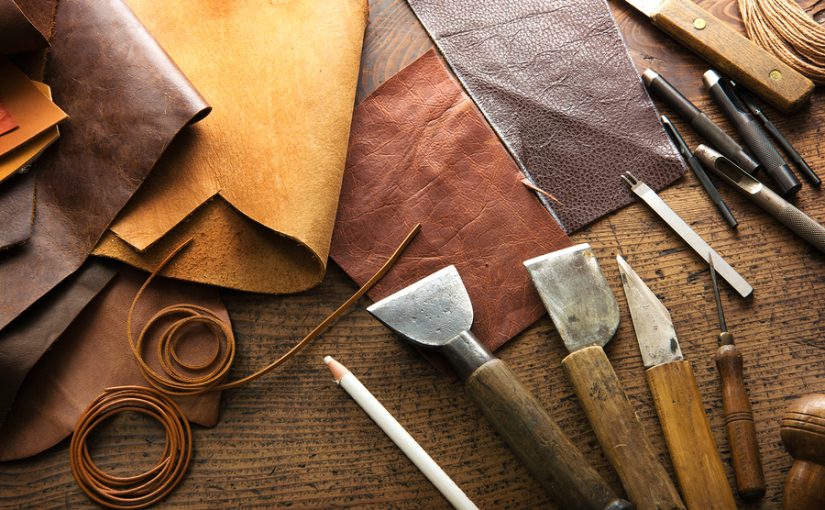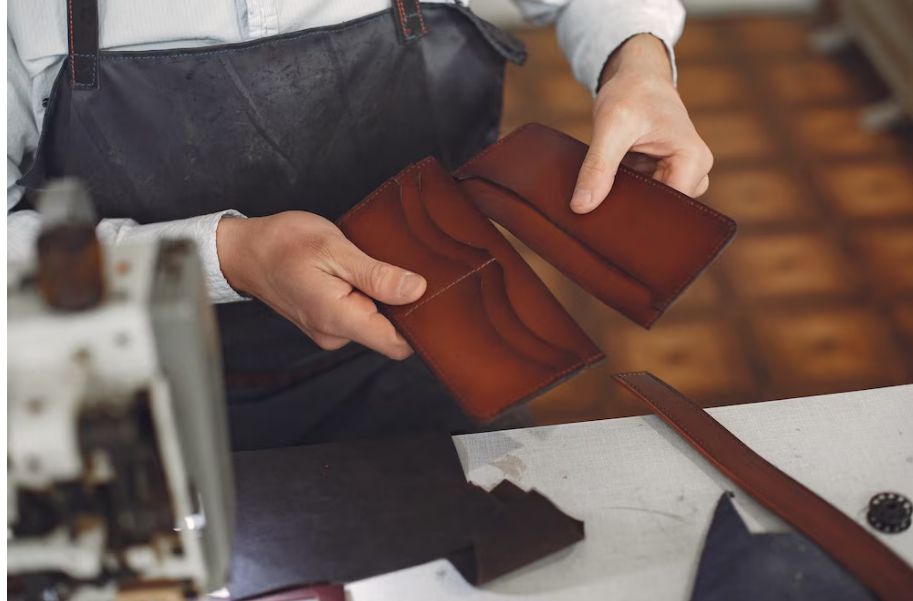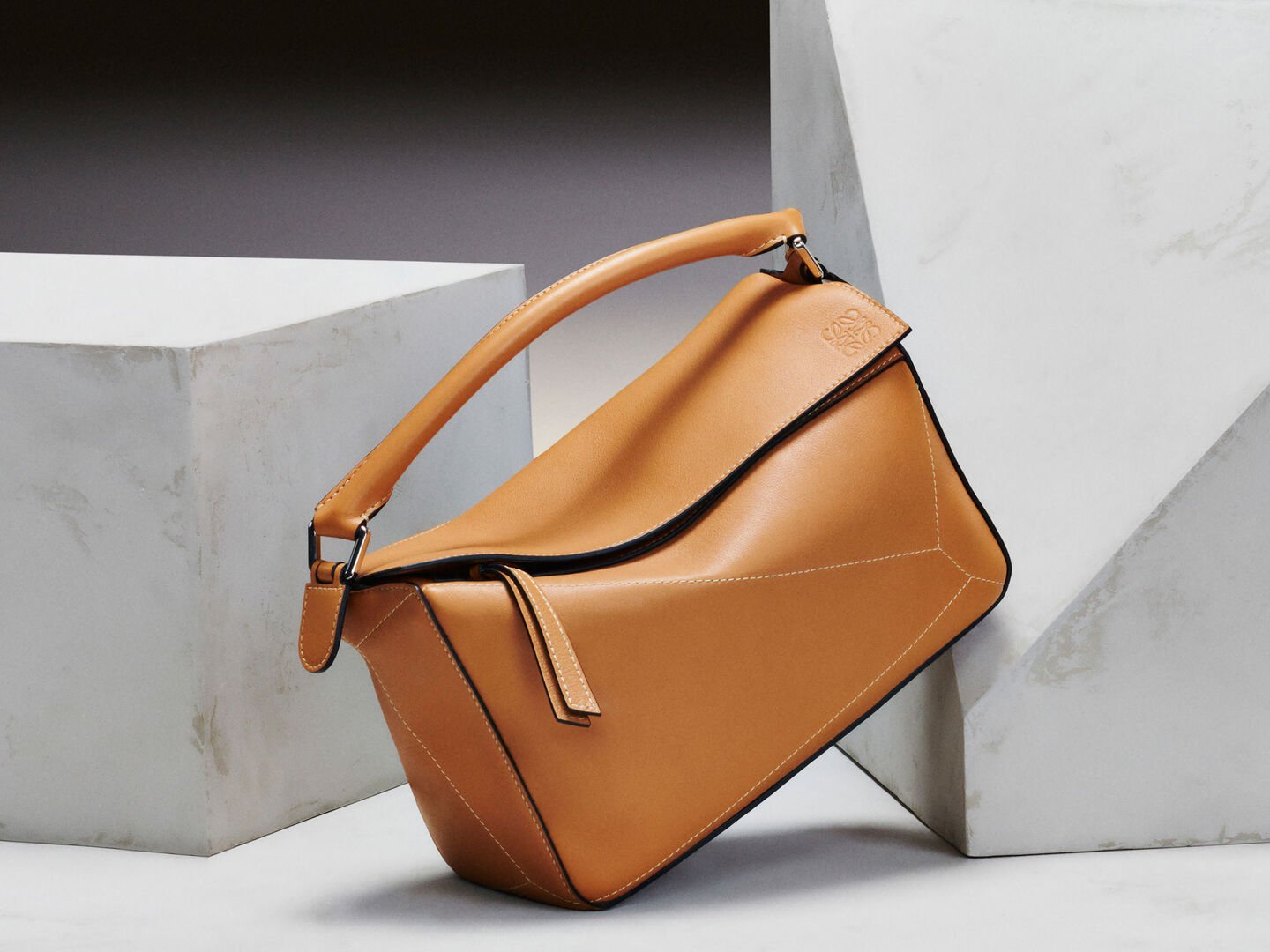The story of Spanish leather is as rich and dimensional as the material itself. From the Moorish influence in the Medieval period to the emergence of globally renowned brands in modern times, the journey of Spanish leather is steeped in history, innovation, and craft. Today we will explore the Spanish relationship with leather goods throughout centuries and delve into how the tiny town of Ubrique came to epitomize luxury leather craftsmanship.

From Prehistoric times to the Moors: Early Leather Work
Spain's relationship with leather can be traced back to prehistoric times when our ancestors used animal hides for their survival. However, this connection evolved significantly during the period of Moorish rule in the Iberian Peninsula from 711 to 1492.
The Moorish influence, owing to their sophisticated knowledge of leatherwork and tanning, grew primarily from the city of Cordoba. The art of guadamecí, an intricate technique of embossing and painting on leather, was introduced by them, laying a vital foundation for Spanish leather craftsmanship. Under the Moors, Spanish leather became a coveted asset due to its high quality, striking designs, and rich colours. It acquired a luxurious status and became an emblem of prestige and opulence. The term cordwainer, an old English word for shoemaker, originating from the city of Cordoba, underscores this profound historical influence.
Renaissance and Baroque Periods: A Blend of Art and Religion
With the Reconquista reclaiming Spain from the Moors, the leather industry started reflecting Christian influence. The Islamic decorative patterns and symbols gradually gave way to Christian imagery and designs, marking the religious and cultural shift of the country.
The Renaissance and Baroque periods witnessed an artistic transformation in leather goods, with heightened experimentation in new techniques and designs. A noteworthy development during this epoch was gold and silver embossing on leather, a symbol of wealth and nobility. Prestigious families across Europe increasingly sought Spanish leather, contributing to a surge in demand for high-quality, handcrafted items. The art of bookbinding also saw commendable advancements, producing ornate and beautifully finished leather-bound manuscripts that are revered to date.

Industrialization and Revival: The 19th and 20th Centuries
In the 19th and 20th centuries, the Spanish leather industry saw unprecedented growth, with complex manufacturing processes enabling the mass production of leather goods. The fusion of artisanal roots and modern advancements birthed distinct designs that contributed to Spain's unique leather identity.
However, the Spanish Civil War (1936-1939) and subsequent dictatorship considerably hindered the development of the leather industry. Yet, as Spain began to resurface on the global stage post-1970s, the industry saw a revitalization, especially in the high fashion sector. Brands like Loewe and Camper came to the forefront, reflecting the international success of Spanish craftsmanship and placing Spain firmly on the global map of fashion luxury.
Ubrique: A Luxury Leather Haven
Nestled in the southern region of Andalusia lies Ubrique, a town that significantly shapes the narrative of the global luxury leather industry. Despite its humble size, Ubrique’s influence is titanic, servicing many of the world’s top luxury brands with its exquisite leather goods.
Ubrique’s roots in the leather industry date back centuries. Still, its international recognition grew in the mid-20th century, primarily due to the town's deep understanding and mastery of the craft. The artisanal tradition was transferred through generations, nurturing an intimate knowledge and a unique approach to the craft that has come to define Ubrique.

Ubrique’s artisans are prized for their impressive skills in handweaving, embossing, and stitching. Their unparalleled craftsmanship has attracted the world’s leading fashion houses, such as Louis Vuitton, Gucci, Michael Kors, and Chanel, all of whom frequently outsource their production to Ubrique. This continuous partnership is a testament to Ubrique’s consistent quality and supremacy in the luxury leather market.
Ubrique's dominance has significantly impacted the local economy, with most inhabitants directly or indirectly involved in the leather industry. It also bears the responsibility and challenge of upholding its quality and consistency amidst growing and evolving global demands.
Modern Spanish Leather and the Road Ahead
Today, Spanish leather is synonymous with high quality, imaginative design, and exceptional craftsmanship. With significant contributions from regions like Ubrique, Spain exports leather products at a large scale, ranging from bags and footwear to accessories.
As sustainability and environmental consciousness rise in global discourse, Spanish manufacturers are taking considerable strides to incorporate cleaner production methods and greener materials, such as vegetable-tanned and chrome-free leathers.
Spain's relationship with leather goods, evolving lovingly over centuries, narrates a tale of tradition, craftsmanship, and innovation. Towns like Ubrique have significantly steered the course of this journey by servicing and satisfying the most discerning tastes in luxury leather. Balancing the preservation of tradition with the objective of furthering sustainability, Spain remains poised for continual growth and leadership in the industry.